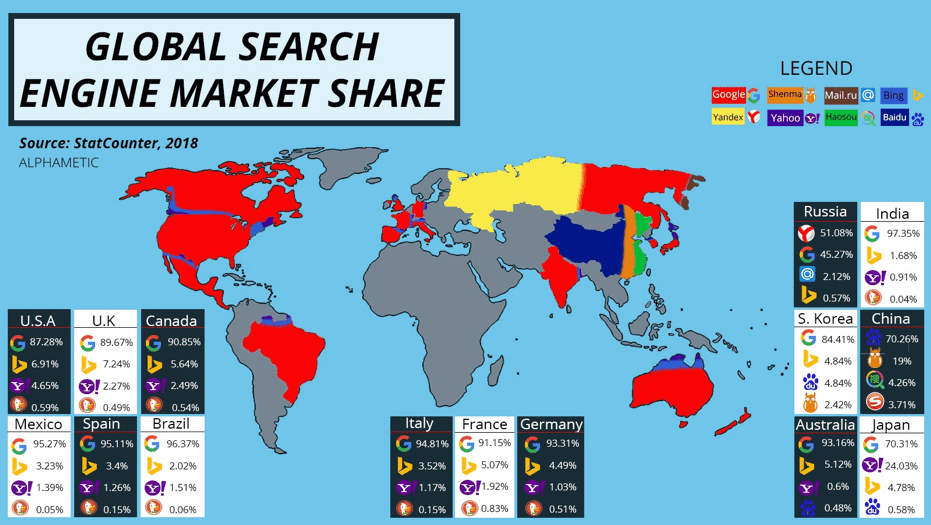Google provides six SEO tips that combine structured data and Merchant Center to make the most of your website’s presence in search results.
Alan Kent, a developer spokesman for Google, details each tip in detail in a new video posted on the Google Search Center YouTube channel.
Throughout the video, Kent places an emphasis on the use of Google Merchant Center as it allows retailers to submit product data via structured feeds.
Merchant Center feeds are computer-readable, which means the data is retrieved more reliably than the Googlebot indexing your site.
However, that doesn’t mean that you should opt out of using structured data on product pages and rely solely on Merchant Center. Structured product data remains essential, even if you submit your product data directly to Google via a Merchant Center feed.
Google can compare the data in your Merchant Center feed with your website’s structured data.
Google’s SEO Recommendations for Ecommerce Sites focus on getting the most out of both tools.
1. Ensure Products Are Indexed
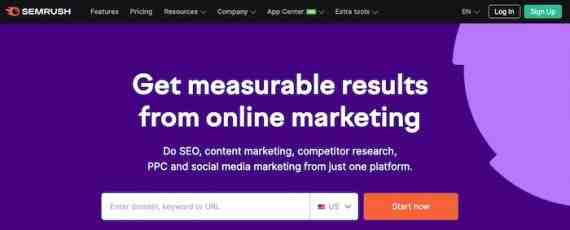
Googlebot may skip pages from indexing your site if they are not linked to other pages. For example, on e-commerce sites, some product pages are only accessible from site search results.
You can make sure that Google indexes all of your product pages by using tools like XML sitemap and Google Merchant Center.
Creating a products feed in Merchant Center will help Google discover all the products on your site. Product page URLs are shared with Googlebot to be used as starting points for crawling potentially additional pages.
2. Check Accuracy Of Product Prices Search Results
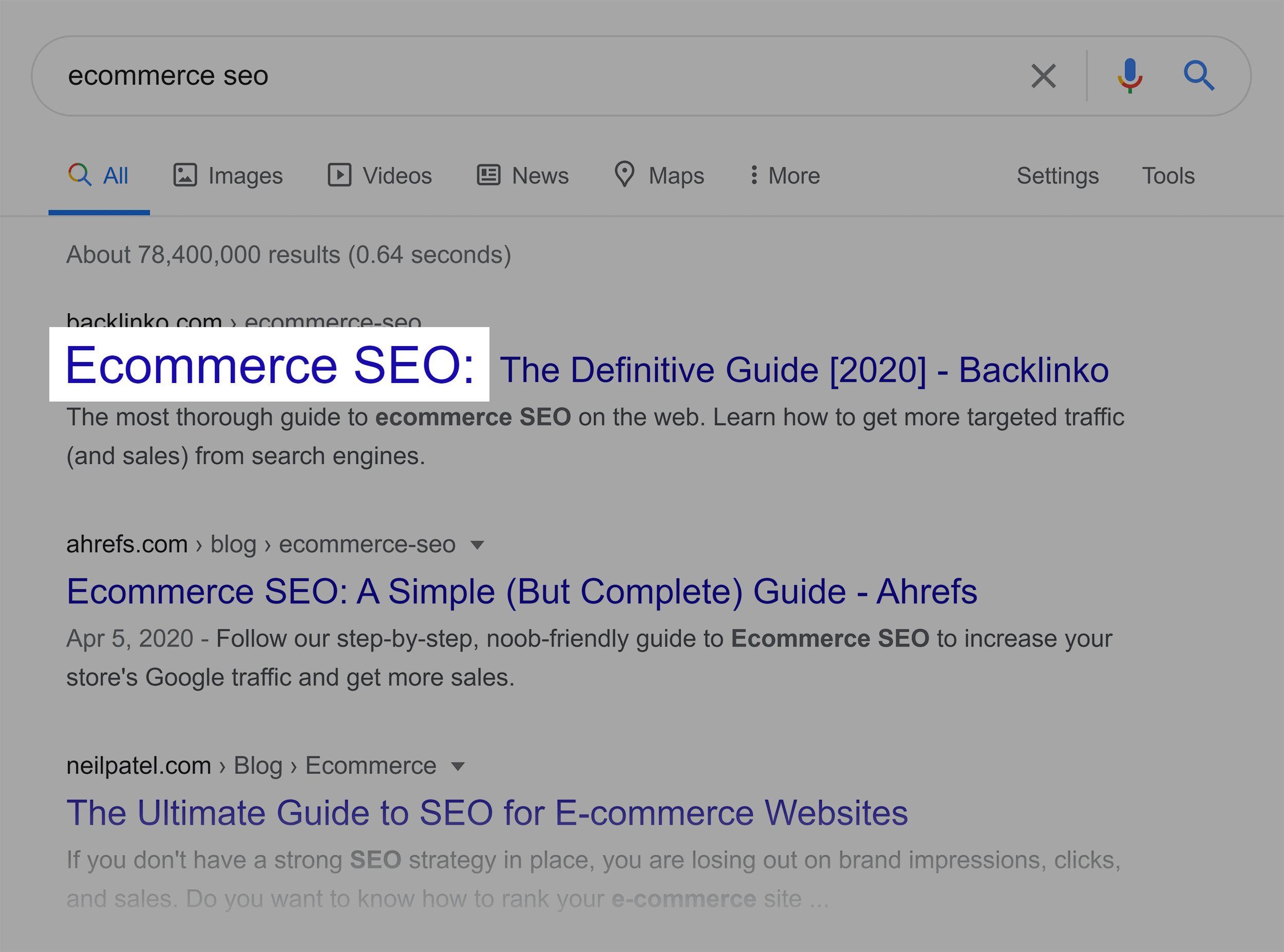
If Google incorrectly extracts the pricing data from your product pages, it may display your original price in search results, not the discounted price.
To accurately provide product information such as retail price, discounts, and net price, we recommend that you add structured data to your product pages and provide Google Merchant Center with structured product feeds.
This will help Google get the correct price from the product pages.
3. Minimize Price & Availability Lag
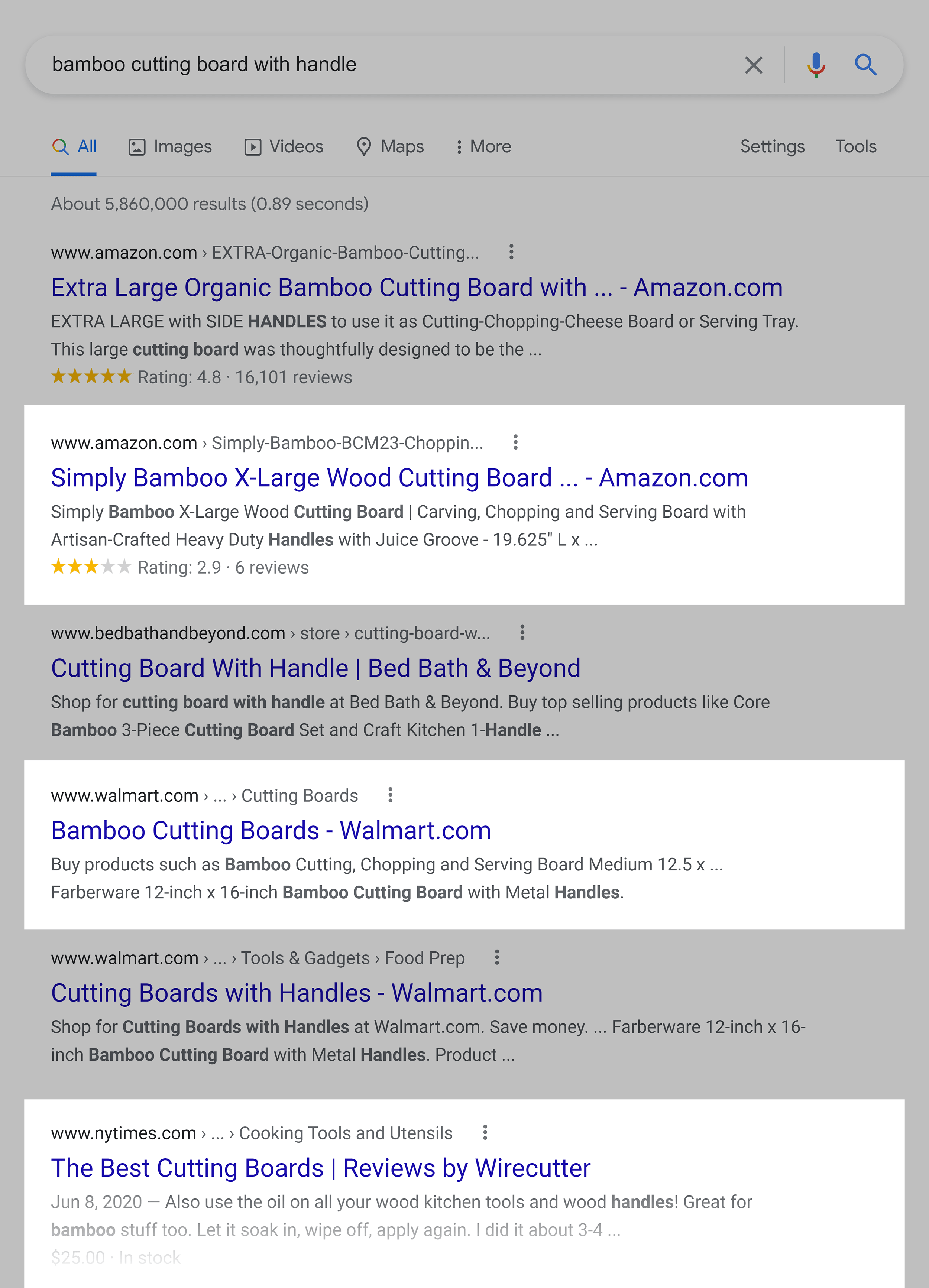
Google indexes the web pages on your site according to its own schedule. This means that Googlebot may not notice your site changes until the next crawl.
These delays can lead to a delay in the search results relative to changes to your site, such as a product sale.
Ideally, you should aim to minimize inconsistencies in pricing and availability data between your site and Google’s understanding of your site due to time delays.
Google recommends that you use Merchant Center feeds to keep your pages updated on a more consistent schedule.
4. Ensure Products Are Eligible For Rich Product Results
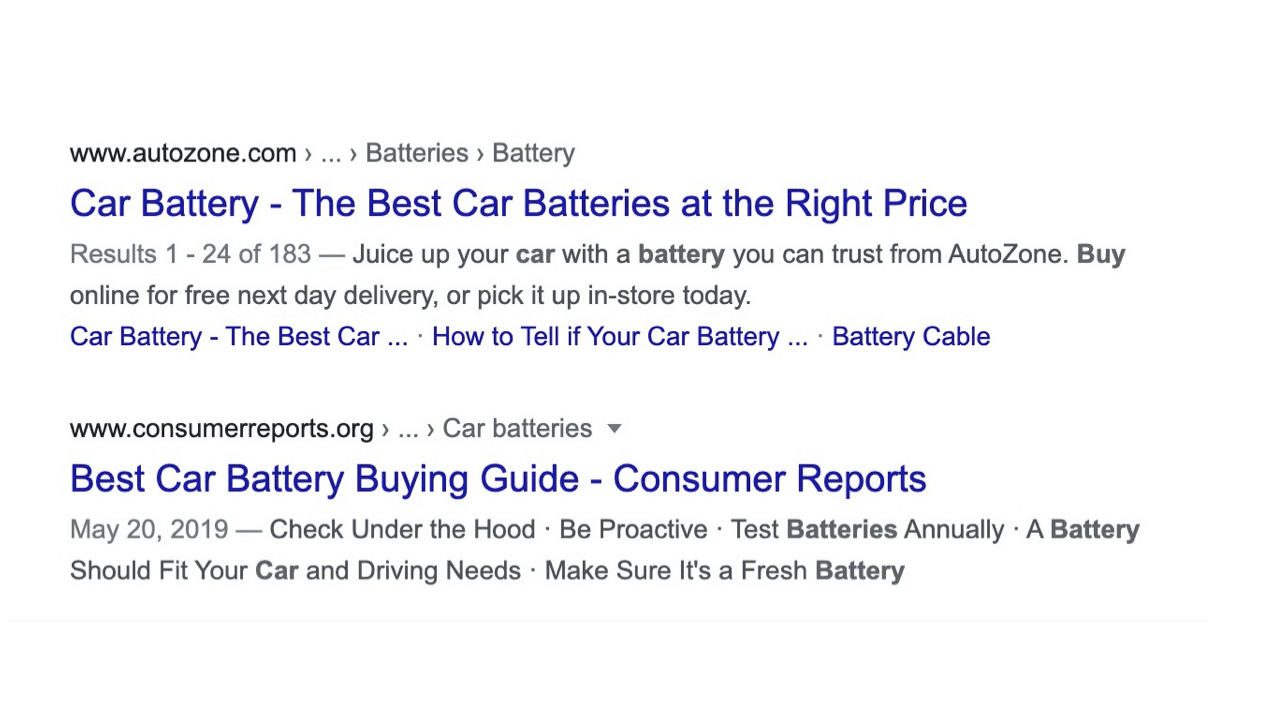
You must use product structured data to get rich results for your products.
For a special, rich presentation format for your products, Google recommends providing structured data on your product pages and a product feed in Merchant Center.
This will help ensure that Google understands how to extract your product data to display rich results.
However, even with valid structured data, rich results are displayed at Google’s discretion.
5. Share Local Product Inventory Data

Make sure that your products in the store will be found by people entering queries with the phrase “nearby”.
First, register your physical store location in your Google Business Profile, then submit your local inventory feed to Merchant Center.
A local inventory feed contains product IDs and store codes, so Google knows where your inventory is physically located.
As an additional step, Google recommends using a tool called Pointy. Pointy is a Google device that connects to your store’s POS system and automatically informs Google of inventory data from your physical store.
The data is used to update the search results.
6. Sign Up For Google Shopping Tab
You may find that your products are available in the search results but don’t appear on the Purchases tab.
If you’re not sure if your items appear in the Shopping tab, the easiest way to find out is to search for them.
Structured data and product feeds alone are not enough to put them on the Purchases tab.
To use the Purchases tab, upload your product feeds through Merchant Center and enable “Google Spaces”.
For more information on the tips above, see the full video from Google below:
Recommended image: Screenshot from YouTube.com/GoogleSearchSC, August 2022.
How do I get SEO keywords?
Here’s how to do it in four easy steps:
- Find keywords with search traffic potential.
- Make sure you create content that matches your search intention.
- Make sure your keyword has “business potential”
- Make sure you can rank your keyword.
Is SEO just keywords? Keywords are ideas and topics that define what your content is about. In terms of SEO, these are words and phrases that users type into search engines, also known as “search queries”. If you cook everything on your site – all images, videos, copies, etc.
What type of marketing is SEO?
Search Engine Optimization (SEO) To achieve this, SEO marketers research the words and phrases used by consumers to search for information on the Internet and use these terms in their own content.
What are the 4 types of marketing? The four PS of marketing – product, price, location, promotion – are often referred to as the marketing mix. These are key elements related to the planning and marketing of a product or service that interact significantly with each other.
Is SEO a marketing strategy?
SEO marketing strategy, also called SEO strategy, is a plan to optimize your website for search engine optimization. Building, implementing, and maintaining an SEO strategy can help your business improve search rankings, organic traffic, and even organic conversions.
Is SEO a strategy?
What is an SEO strategy? SEO strategy is the process of organizing your website content by topic in order to increase the likelihood of it appearing in search results. Basically, this is a process you follow to maximize the chance of getting organic traffic from the search engines.
Is SEO a digital marketing strategy?
Within any digital marketing strategy, search engine optimization (SEO) is an integral part of attracting qualified customers to your business through online platforms. Effective online marketing requires it.
Is SEO considered marketing?
SEO is a key part of your digital marketing strategy, and certain knowledge is essential no matter what area of digital marketing you specialize in. Live web statistics claim that there are more than 66,000 searches per second on Google every day.
Is SEO part of content marketing?
Positioning without content marketing is like a body without a soul. SEO in particular relies on a content marketing strategy because every website needs words, articles, content, keywords, etc. To be successful, both must go hand in hand.
Is SEO considered content marketing?
SEO refers to the technical process of increasing the quality of traffic and attracting the maximum number of visitors to your website. Content marketing, on the other hand, focuses on using valuable and relevant content to drive the profitable activities of customers or customers.
What is included in content marketing?
Content Marketing is the development and distribution of relevant, useful content – blogs, newsletters, white papers, social media posts, email, videos, etc. – to current and prospective customers.
Which is the best strategy SEO or content marketing?
SEO helps people find your content and your content helps drive traffic to your website and improve your ranking. An effective content marketing strategy requires SEO and vice versa. For the best results in your campaign, focus on creating a strategy that ties these strategies together.
Is SEO considered digital marketing?
Importance of SEO (Search Engine Optimization) SEO is part of digital marketing and is actually a set of tools and best practices that help websites achieve higher search engine rankings.
What is considered as digital marketing?
Digital marketing, also known as online marketing, refers to advertising delivered through digital channels to promote brands and connect potential customers through the Internet and other forms of digital communication, such as: Search engines. Websites. Social media.
What is the difference between digital marketing and SEO?
SEO is a digital marketing tool. Search engine optimization focuses primarily on website ranking. Digital Marketing aims to enhance and promote your brand through various digital channels such as websites, social media, emails, etc.
Is SEO part of digital marketing?
Seo is really an integral part of digital marketing. It is responsible for raising your website’s visibility to a higher position and keeping you above all competitors. Increases site visibility, visitor traffic, conversion rate and ROI.
Why SEO is required?
In short, SEO is crucial as it makes your website more visible, which means more traffic and more opportunities to turn potential customers into customers. Check out the SEO tools you can use for optimal ranking.
What are the 3 types of SEO? There are three main types of positioning: internal SEO (page positioning), external positioning (off-page positioning), technical positioning.
What is SEO and its types?
The term SEO, Search Engine Optimization, refers to improving the visibility of your website in Google search results for relevant keywords or search phrases. SEO helps to generate traffic to your website naturally.
What are 3 pillars of SEO?
Instead, SEO is backed by three different pillars: discovery, relevance, and authority. Make sure your website incorporates these three future SEO concepts and you will have a content marketing strategy that will increase your placement on search engine result pages (SERPs).
What are the main pillars of SEO?
The four pillars of SEO include technical SEO, content, on-page optimization, and off-site SEO.
What is the meaning of SEO in digital marketing?
Search engine optimization is the science of improving a website to increase its visibility when people are searching for your products or services. The greater the visibility of a website in search engines, the greater the likelihood that the brand will hijack the business.
What is SEO and how does it work? Well, SEO stands for “Search Engine Optimization,” which is the process of getting traffic from free, organic, editorial, or natural search engine results. Its purpose is to improve your website’s position on the search engine result pages. Remember, the higher the page is, the more people will see it.
What is a digital marketing SEO?
Ads. SEO stands for Search Engine Optimization. It is the process of getting traffic from free, organic, editorial, or natural search engine results. Simply put, this is the name given to an activity that aims to improve your search engine rankings.
Is digital marketing a part of SEO?
Importance of SEO (Search Engine Optimization) SEO is part of digital marketing and is actually a set of tools and best practices that help websites achieve higher search engine rankings.
What is SEO and examples?
Search engine optimization (SEO) is the practice of getting targeted traffic to your website from organic search engine rankings. Common SEO tasks include creating high-quality content, optimizing content around specific keywords, and building backlinks.
What is difference between SEO and digital marketing?
SEO is a digital marketing tool. Search engine optimization focuses primarily on website ranking. Digital Marketing aims to enhance and promote your brand through various digital channels such as websites, social media, emails, etc.
What is SEO marketing in simple words?
SEO stands for “Search Engine Optimization”. Put simply, it means the process of improving your website to increase its visibility when people search for products or services related to your business on Google, Bing and other search engines.
What is SEO and examples?
Search engine optimization (SEO) is the practice of getting targeted traffic to your website from organic search engine rankings. Common SEO tasks include creating high-quality content, optimizing content around specific keywords, and building backlinks.
What is SEO in simple words?
SEO stands for Search Engine Optimization – this is what has remained the same. Refers to techniques that help your website rank higher on search engine result pages (SERPs).

